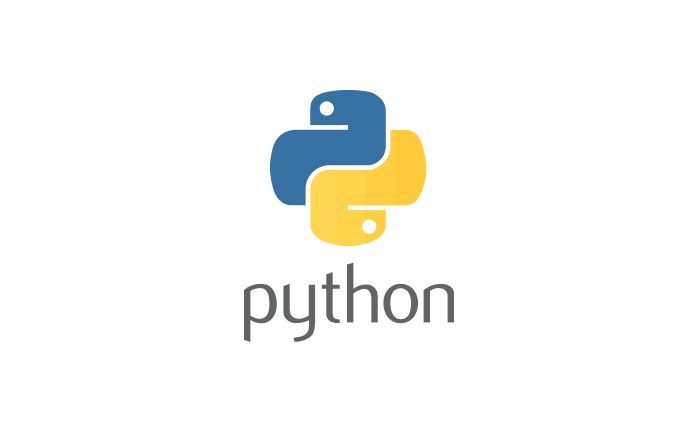What kind of programming language is Python, and what is it known for?
Python is a high-level, interpreted, general-purpose programming language that is widely recognized for its simplicity and readability. Created by Guido van Rossum and first released in 1991, Python emphasizes code clarity and a clean syntax, which makes it especially friendly for beginners — while still being powerful enough for professionals and large-scale applications.
6/2/20252 min read


🔹 Basic Python Questions
What is Python?
Python is a high-level, interpreted, general-purpose programming language known for its readability and simplicity.
What are Python’s key features?
Easy syntax, interpreted, dynamically typed, object-oriented, extensive libraries, cross-platform.
What are Python's data types?
int, float, str, bool, list, tuple, set, dict, NoneType.
How do you write a comment in Python?
python
# This is a comment
What is a variable?
A variable is a named location used to store data in memory.
🔹 Control Flow Questions
What are conditional statements in Python?
python
if condition:
# code
elif another_condition:
# code
else:
# code
What are loops in Python?
for loop:
python
for i in range(5):
print(i)
while loop:
python
while condition:
print("Looping")
How do you break out of a loop?
Use break to exit, continue to skip an iteration.
🔹 Functions & Scope
How do you define a function in Python?
python
def greet(name):
return "Hello " + name
What is the difference between global and local variables?
Local variables exist inside functions.
Global variables are declared outside and accessible inside functions using global keyword.
🔹 Data Structures
How do you create a list?
python
my_list = [1, 2, 3]
Difference between list and tuple?
List is mutable: []
Tuple is immutable: ()
How to create a dictionary?
python
my_dict = {"name": "Alice", "age": 25}
What is a set?
An unordered collection of unique items.
python
my_set = {1, 2, 3}
🔹 Object-Oriented Programming
How do you define a class in Python?
python
class Person:
def__init__(self, name):
self.name = name
def greet(self):
return "Hello " + self.name
What are init and self?
init is the constructor.
self refers to the current instance of the class.
🔹 File Handling
How to read a file in Python?
python
with open("file.txt", "r") as f:
content = f.read()
How to write to a file?
python
with open("file.txt", "w") as f:
f.write("Hello World")
🔹 Exception Handling
How do you handle exceptions?
python
try:
x = 10 / 0
except ZeroDivisionError:
print("Cannot divide by zero")
finally: print("Always runs")
🔹 Miscellaneous Questions
What is a lambda function?
python
add = lambda x, y: x + y
print(add(2, 3)) # 5
What is list comprehension?
python
squares = [x*x for x in range(5)]
How do you install a package in Python?
bash
pip install package_name
What is a module and a package?
Module: A Python file with functions/classes.
Package: A collection of modules in a directory with init.py.
What is the difference between is and ==?
is checks identity.
== checks equality of values.
Insights
Leveraging data to drive informed decision-making strategies.
© 2025. All rights reserved.
